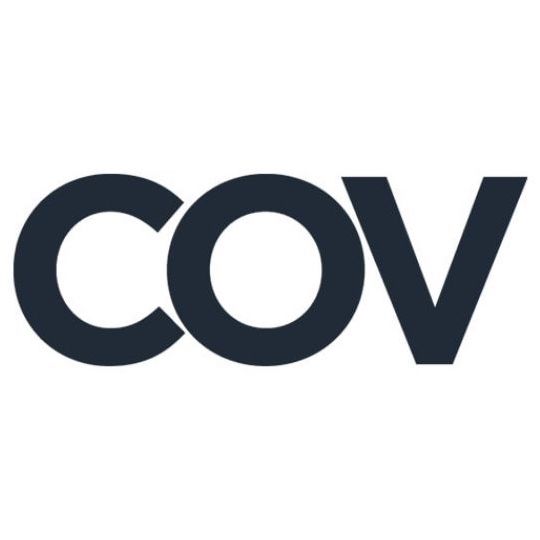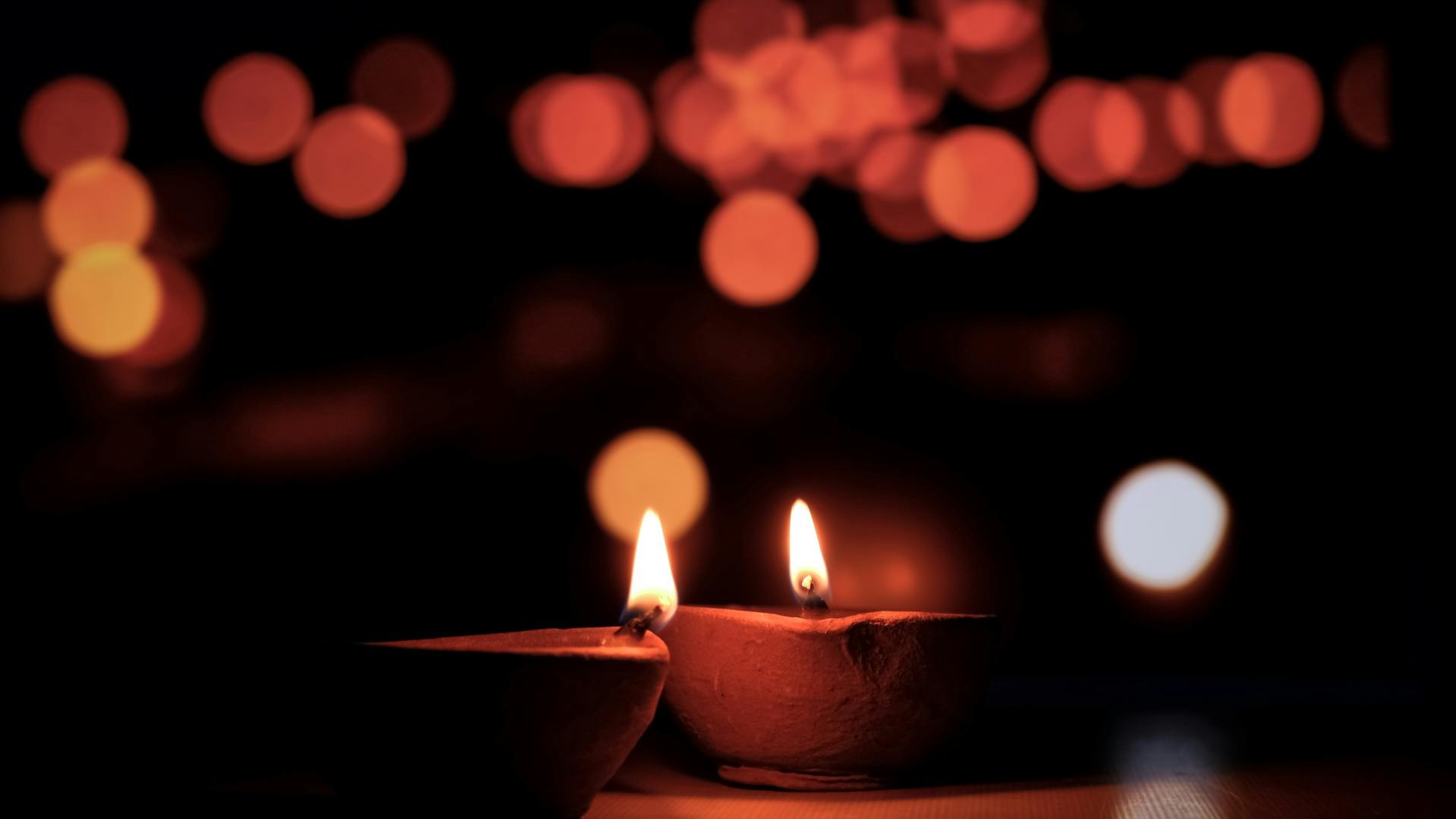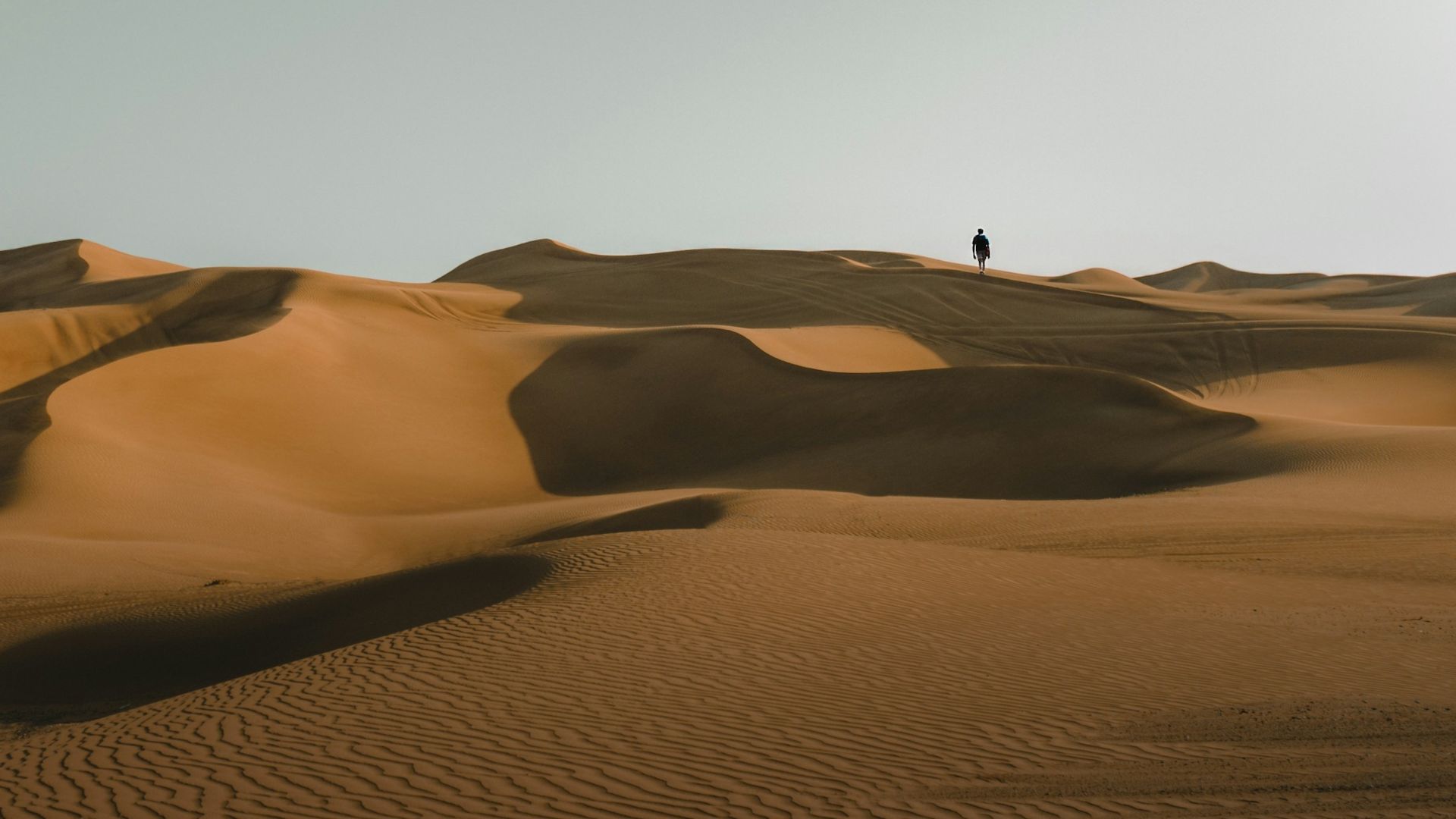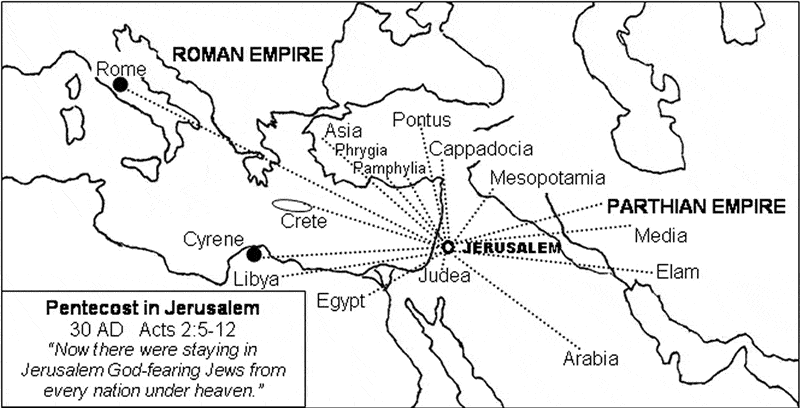Safe Sanctuaries training participants at Gather 2025
Raising Awareness of Intimate Partner Violence
When Domestic Violence Awareness month began a few weeks ago, the government shutdown threatened integral services for survivors—shelters and hotlines often rely on federal funding to operate. Studies show that 25 percent of women and 10 percent of men experience violence in intimate partner relationships.
The Covenant’s Safe Sanctuaries initiative was created to educate and raise awareness in congregations to foster supportive environments for survivors of intimate partner violence. It grew out of its predecessor, Advocacy for Victims of Abuse, and a new Spanish version of the training will be offered for the first time at Midwinter in January, where it will also be offered in English (register here).
In 2012, delegates to the Annual Meeting voted to adopt a resolution on domestic violence, which named the presence of domestic violence in churches and the fact that “the church has too often remained silent and failed to speak out about domestic violence or encourage those who are experiencing it to ask for help.”
“I always like to name that the work we do comes out of that call to bear witness, both to the love and healing power of God and the reality that this doesn’t just happen in what we would call ‘secular spaces.’ Intimate partner violence, sexual violence, domestic violence—it does happen within the pews of our churches as well,” said Rev. Ramelia Williams, director of Love Mercy Do Justice initiatives, in a recent conversation with the Companion. “We want to be able to witness to that reality because there are people in our pews who are victims.”

Safe Sanctuaries training guides
Tim Clark, a member of New York Covenant Church in New Rochelle, New York, is a trained volunteer at RAINN’s national sexual assault hotline, which receives more than 1,200 calls every day from survivors and loved ones looking to help someone who is being sexually abused. As an extension of that work, he began participating in Safe Sanctuaries trainings and is now one of the trainers.
“Given the actual data on intimate partner violence and sexual assault in general, it is really important for everyone to know how to respond to a person in crisis,” said Clark. “This is especially true for pastors and other church leaders who are often witness to the very first disclosure of an abusive relationship.”
The eight-hour training is available to anyone and is attended by a mix of Covenanters, including pastors, church leaders, and congregants. As pastors serve their congregations, “they have to have the ability to shape and create an atmosphere of protection and awareness around what it means to preach to and create a safe environment for victims of sexual violence and intimate partner violence,” said Williams.
That might mean talking about how to incorporate Domestic Violence Awareness month into a preaching schedule each year. Or maybe looking at the “texts of terror,” such as the rape of Tamar by her brother in 2 Samuel, texts “that we just pass over because we don’t know how to engage with them, how to teach them,” Williams said. During the Safe Sanctuaries training, facilitators help pastors break down one of those texts, and participants share thoughts and commonalities with current environments. Together, they identify lessons that can help implement more safety and healing around abuse in congregations.

Safe Sanctuaries trainers Pastor Eliza Stiles and Rev. Ramelia Williams
“One of the things I like to share is that at the end of Tamar’s story, we don’t hear her voice again,” Williams added. “I believe that’s very intentional. How do we give voice to her silence? What are the things that she would say if she were sitting in the pew? What are the ways we can shift her silence into voice within our own church context and congregations?”
While the vast majority of participants are women, “The prayer is that more men will also attend, as men commit the vast majority of intimate partner violence,” Clark said.
Rev. Alma Zamudio, together with Rev. Carmen Quinche, who is copastor of Ciudad Cristiana Covenant Church and the co-founder of Resplandece International, a nonprofit that provides resources and training to heal abuse in faith communities, worked with a team recently to translate and contextualize Safe Sanctuaries for Spanish-speaking participants. “This training is very important for Latino churches (and churches in general) because domestic/sexual violence is a reality and is happening in all contexts,” Zamudio said. “Churches need to acknowledge this reality and be prepared to serve victims. Victims often feel ashamed and unloved, and the church should play a role in educating the congregation and providing resources available in the community in order to protect victims.”
In their process of creating the Spanish version, they included feedback from male pastors to make recommendations around language. They also identified areas that would require even more sensitivity to teach in a Latino church setting.
“One thing that really surprised us was the realization that, indeed, this topic of sexual abuse by a domestic partner is rarely (if at all) part of discipleship in our churches, partly because of the shame and pain involved,” Zamudio said. “Our hope is to create awareness of the unfortunate prevalence of sexual violence in the lives of many of our church members. We also hope participants will acquire the vocabulary needed to talk about this matter in a truthful and sensitive way. We hope local churches can truly become a safe place for people suffering this type of abuse.”














